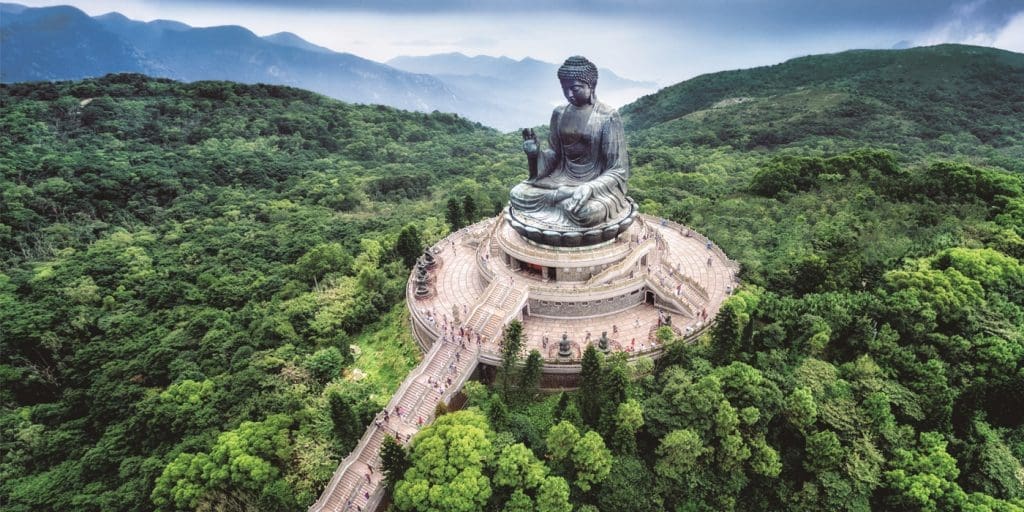East Meets West
My journey to Hong Kong started by stepping on board one of Cathay Pacific’s direct flights from Auckland to Hong Kong and settling into the luxurious business class service.

Being able to fully stretch out and enjoy the long flight while also getting work done was a pleasure thanks to Cathay’s wonderful flight staff. The simple luxury of their amenities make all the difference and is by far the most pleasurable plane trip I’ve ever taken. There’s nothing like sitting back, kicking off your shoes and sipping champagne while watching the clouds float by beneath you. The Boeing A350 is fully kitted out with everything a travelling business professional would want: in-flight Wi-Fi, a vast entertainment system, a large complimentary drink selection and a full-size convertible seat/bed that I could stretch all over (and I’m not that petite). And their Asian-influenced cuisine gets your mind and body prepared for what awaits in Hong Kong. Being able to comfortably pull up my laptop and get stuck into some work while enjoying the experience of crossing continents is definitely an experience you could easily get used to. Cathay Pacific has truly managed to combine business and pleasure, completely living up to the motto of “A life well-travelled”. The flight was over before I knew it and as I saw the Hong Kong skyline approaching and the lights of the city spreading across the horizon, there was an unshakeable melancholy feeling of one journey ending and the buzz of another one beginning.
Checking in to the famous Mandarin Oriental hotel in Hong Kong Central, I got the first taste of what the city had in store and what I would come to realise would be the main theme of my trip. The Mandarin Oriental combines traditional Chinese decor and high-class service with a modern Western influence. The hotel once stood as the tallest building in Hong Kong but now is dwarfed by the surrounding skyscrapers that have built up around it as a testament to the city’s massive advancements in such a short time. This is what first struck me as so astounding about the city, the ability to steamroll straight towards the future while still acknowledging the past, I was constantly reminded of this as I took my first steps onto the streets of Hong Kong. I could feel both the ancient energy of the city as well as the futurism that’s driving it. I found myself wandering just a few blocks from the hotel before I stumbled onto the first (of many) dumpling houses.
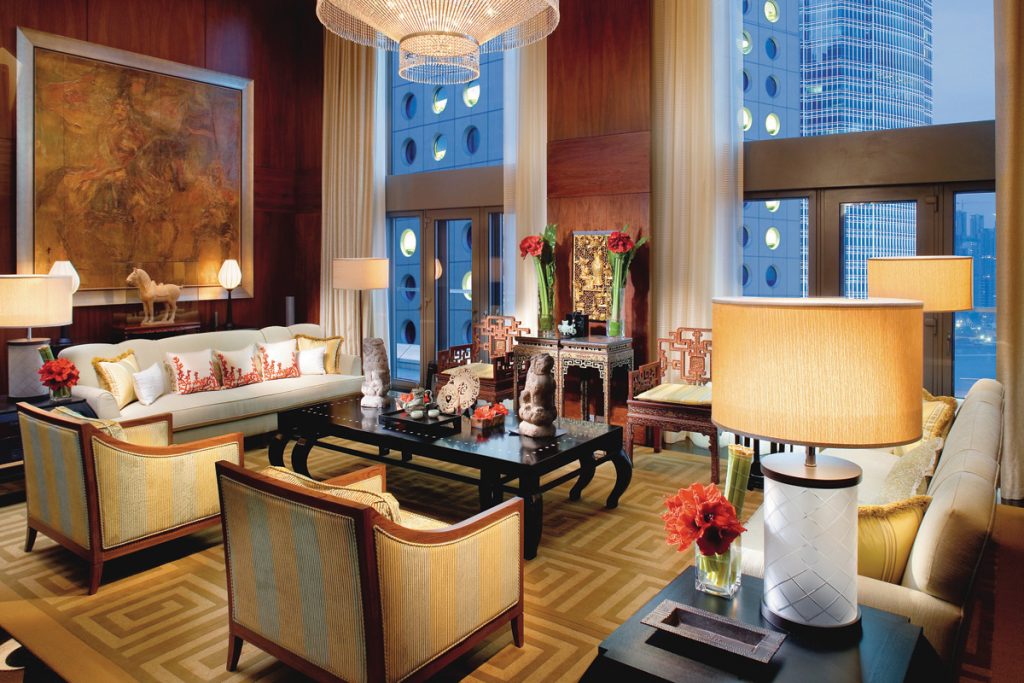
As with any mega metropolis, the constant assault on the senses will either intimidate or inspire you. And just looking around, Hong Kong’s central skyscrapers stand tall as monuments to the city’s cultural and financial achievements. It’s hard to shake the feeling that everything around you is strictly business, but then, tucked away around every corner, is always something more to discover. Even in my brief time there, wanderlust took over and I found myself stumbling across hidden (and not so hidden) gems of the city.
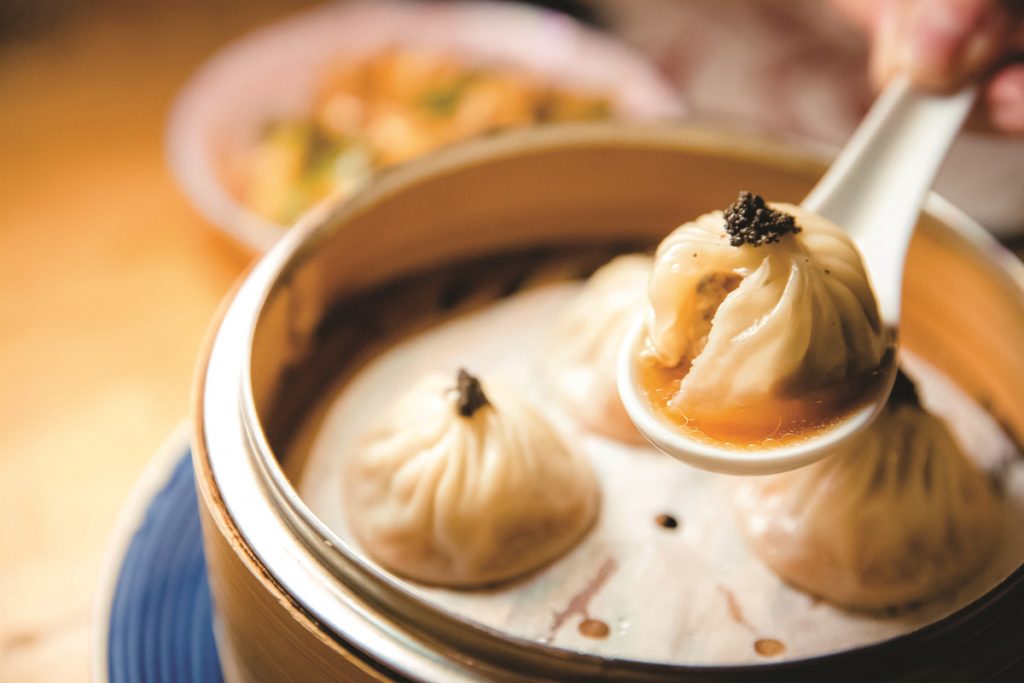
It’s easy to see giant sprawling cities as microcosms of the world, but Hong Kong seems to be actively trying to avoid that. There is a very palpable sense that it is doing its best to retain culture and tradition at every level of society. In every British-colonised country in the world there is a Queen Street, but Hong Kong’s version has – nestled in the nooks and crannies of this shopping district – little dumpling cafés, alleyways with local markets selling local cuisine, traditional craftsmen and their shops alongside small traders and stores. It’s hard not to get caught up in the entrepreneurial spirit of the city’s inhabitants.

An absolute must-do activity is taking a ride up the escalators to the mid and upper levels of the city. Riding these escalators up the different levels of the city is a very strange sensation, as you glide past local establishments and peer in the windows, and your mind overloads with the sheer number of things to see and do. You’ll find the hustle and bustle of life, with streets full of shops, restaurants, bars, cafés, galleries – everything and anything you expect from one of the business and cultural capitals of Asia. Making your way through the tightly packed streets and alleys of organised chaos is definitely a daunting task for anyone not familiar with the city. So you might want to get a local to show you around. To truly experience Hong Kong, you want to go off the beaten path and find the spots the people of the city frequent.
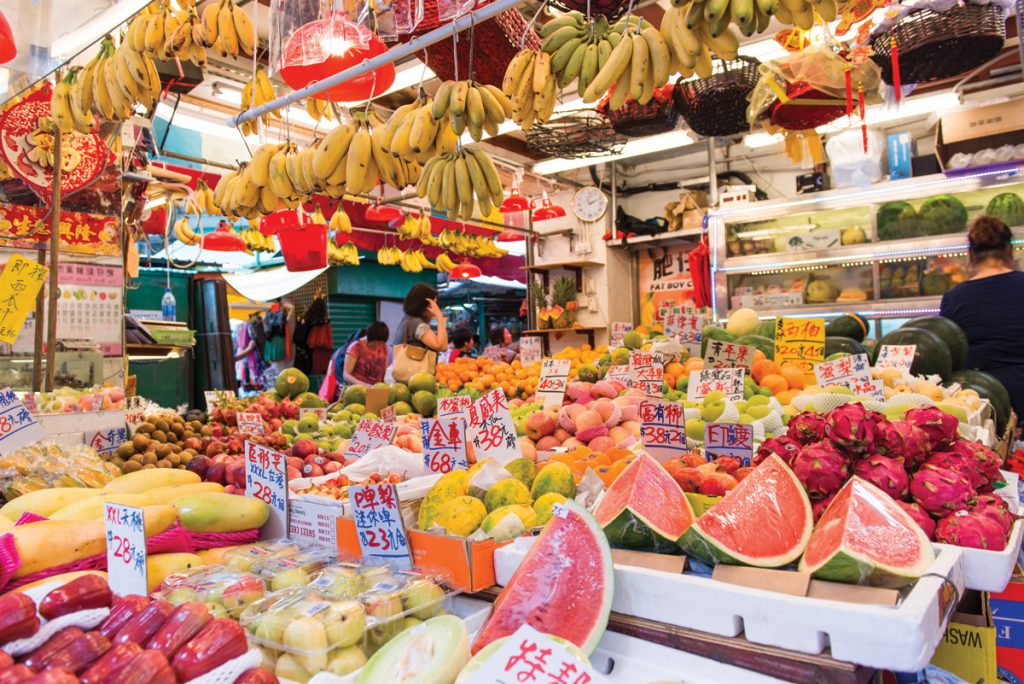
A local guide took me down narrows paths to discover a bunch of the local eateries. The Kung Lee Sugar Cane Drink store really stood out as a mainstay in the area. A little shop with barely enough sitting room because most of it is taken up by the sugar cane juicer and a giant vat of turtle shell soup. People were constantly flowing in and out to get their midday sugar cane juice fix in little takeaway cups that I’m more used to seeing containing coffee. Just another example of the cross-cultural balance Hong Kong so effortlessly maintains. Lunch found us making our way to the local dim sum joint Dim Sum Square. A generic-looking corner restaurant on the outside, but inside served some of the best dim sum I’ve ever tasted. All of it made with locally sourced ingredients and prepared literally seconds before its brought to your plate, it’s easy to see why it’s a popular lunch spot for business professionals on a quick lunch break as well as the casual fast-eater like me.
Who knew the jazz scene in Hong Kong would be so wide and diverse? Later, I was led into a candlelit dive bar on Hollywood Road called The Iron Fairies. I instantly realised where the bar got its name, with the hundreds of cast iron fairy figures hanging from the ceiling. There seemed to be people from all walks of life enjoying the atmosphere, as I heard at least four different languages being spoken at once. Then it immediately felt like a second home when a Caribbean jazz band started playing ‘Midnight Train To Georgia’. Needless to say, I planted myself for the night.
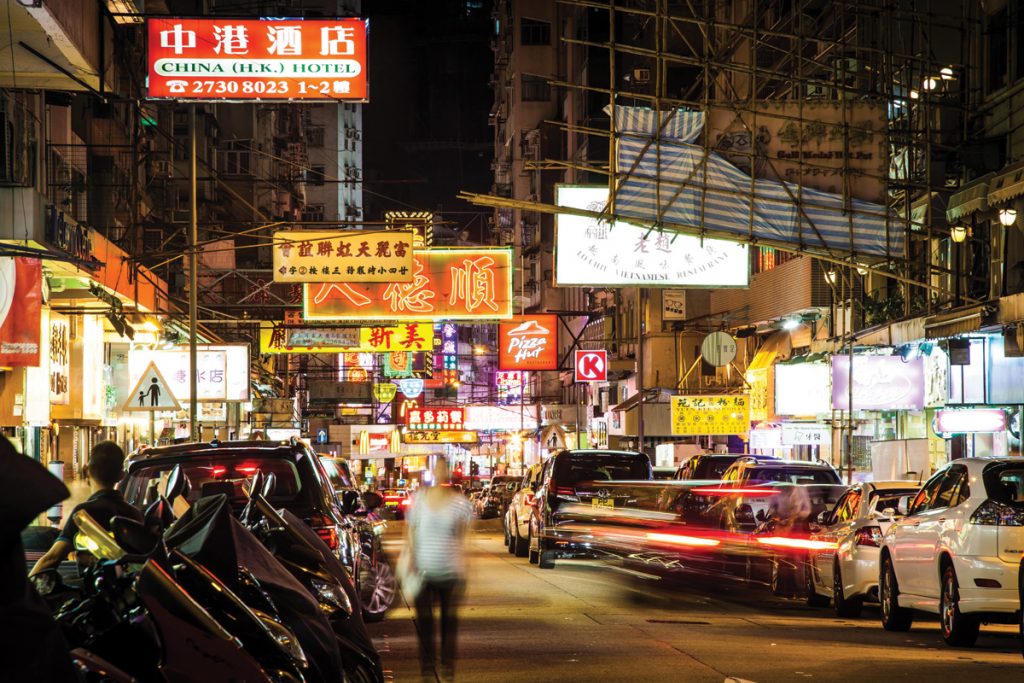
After exploring the city a bit, it was off to Jaguar’s Re-Charge event to meet the Formula-E Racing team. They talked about Jaguar’s strong commitment to the racing season and the long proud heritage the company has with racing. Formula-E as a sport has its sights set on the future of racing and so it’s very appropriate that Hong Kong starts this season, being one of the most technologically advanced cities in Asia. I also got the sense that the drivers and their team felt the weight that the legacy of Jaguar holds: a long-standing, proud British car company making its way into the future with innovations in electric car technology, while still upholding their creed of luxury and excellence in everything they do and that has come to be expected of their brand.
All these values were strongly in place when getting prepared for the first race the next day. I made my way with the Jaguar crew to the EMOTION Club VIP lounge right in the middle of the track. The FIA Formula-E event seemed to attract a variety of people from the whole city. How could it not, with the street track being smack dab in the middle of Hong Kong Central and running along the harbour? My wanderlust got the best of me again as I went to check out Jaguar’s booth in the event grounds and saw people lining up to take a photo with its car – and I could see why. The Jaguar I-TYPE 2 seemed more like a finely crafted piece of tech than an automobile, like something that belonged in the most up-to-date gadget store, alongside other technological marvels that only a few years ago we couldn’t imagine would exist. I managed to get an even closer look at the car in the pit. One of the team’s managers kindly put up with all my questions about battery drainage, wireless charging, the on-board computer that regulates everything and how much control the drivers actually have, which is, apparently, a lot. The driver can control the entire workings of the I-TYPE 2 from battery efficiency to the thermal management. The driver not only has to calculate their own actions but the car’s as well, then synchronise their driving with the vehicle’s performance and have to do all of that within split seconds, while also navigating the track, going up to speeds up to 225km/h. So, it was no surprise to see the utter focus in the drivers’ eyes before the race.
It’s easy to see why Formula-E is such a huge up and coming sport on a global scale. The clean, green nature of the sport syncs well with the current worldwide push to move away from fossil fuels and towards a more sustainable future. As explained to me by members of team Jaguar as well, a lot of the technology they develop for their racing endeavours end up in their consumer cars too. In that case, it’s entirely appropriate for the race to be taking place on a street track, since the technologies created for these elite racing machines are one day going to be taking people around the same city in everyday life. So, following the progress of Formula-E will give a very real indication of what’s coming in the automotive industry. With the sport growing rapidly, it still retains the classic spirit of the Formula 1 events too. There’s a great sense of people and companies coming together to challenge each other to both create amazing technology and use it to the fullest potential.
My view from the grandstands gave me an idea of the sheer scale of the event, with helicopters flying overhead, crowds cheering, cars driving past as just a blur making a high-pitched screech I have not heard any other vehicle make before; this kind of racing is truly unique. All the while, the Hong Kong skyline looms over the entire track. It was hard not to get caught up in all the emotions flying around. I watched on the big screen, along with the Jaguar crew, as everyone leaned and shifted in their seats with every turn Mitch Evans made on the track, as if the entire team were steering the car as one. Seeing the battery life of the I-TYPE 2 slowly tick down with each percentage as the race went on, was especially thrilling, since battery life is something most people are constantly aware of in everyday life. Which just goes to show how much easier it is to have a connection to a Formula-E race, because we are so aware of the technology driving it.
Jaguar had a great start to this Formula-E season, placing 3rd and Mitch Evans standing proud on the podium at the Hong Kong Prix. It looks like the team is going to continue to embody the boundary-pushing excellence of the Jaguar brand. As they said, there’s a long proud history of Jaguar in race and as they look to the future of what Formula-E could evolve into, they will still uphold those classic values.
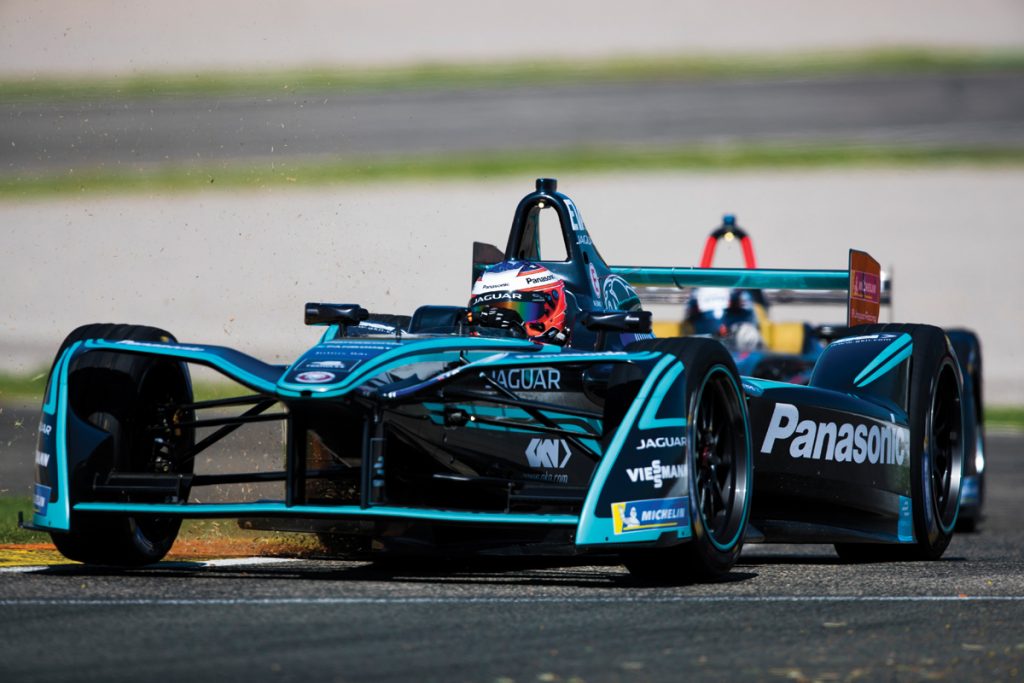
As I journeyed back home on another one of Cathay Pacific’s impeccable business class flights, I had time to reflect on everything I found so compelling about this trip. I kept coming back to the thought of classic values and futurism, how the city of Hong Kong, despite all its rapid development, has still held onto its traditions and culture, even while being influenced by other cultures from around the world. The idea of continuing a legacy while evolving with the times is something that Jaguar has vowed to continue, and reflects the philosophy of the Formula races. As the world changes, we are going to have to change with it. The Formula-E is a direct result of that; the city of Hong Kong was built on that ideology but at the same time, on the strong traditions of its culture, which it has combined into something truly unique. The past and the future will always be linked by what we choose to do in the present.

